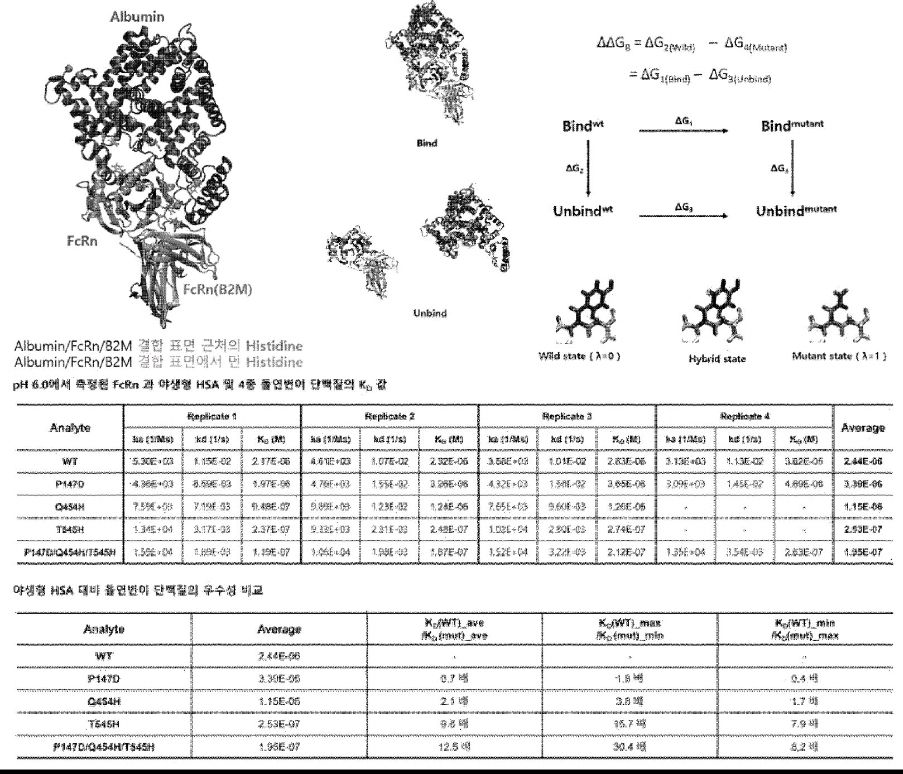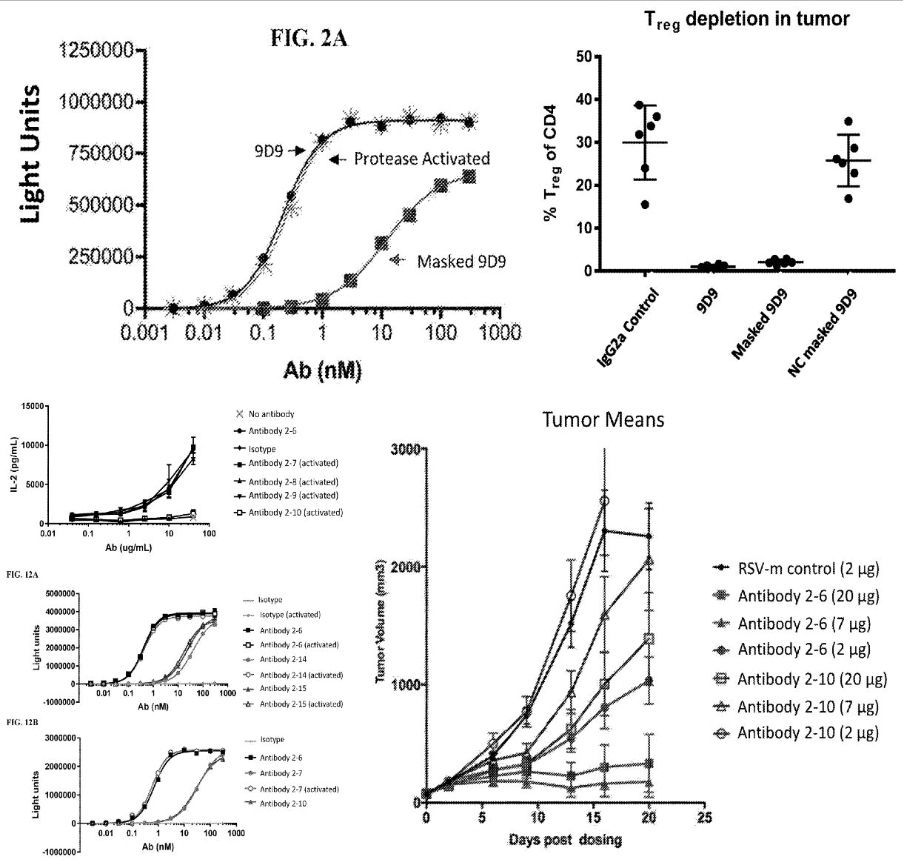Riccardo Vergaro
@drvergaro.bsky.social
6 followers
0 following
150 posts
Resident in Anesthesiology, Intensive care & Pain medicine - IRCCS San Matteo, Pavia
Posts
Media
Videos
Starter Packs


























